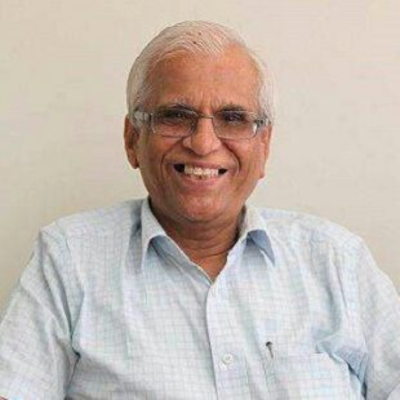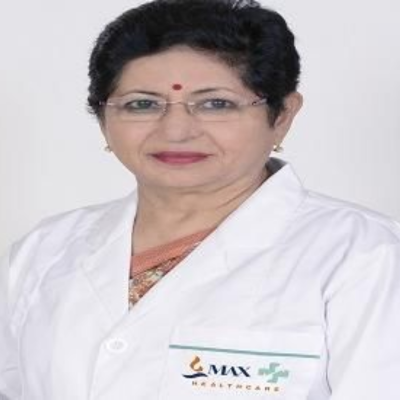The Role of Government Initiatives in Promoting Medical Tourism in India
 02 April,2025
Read More
02 April,2025
Read More
Enquire now in case of any assistance needed
 02 September,2024
02 September,2024
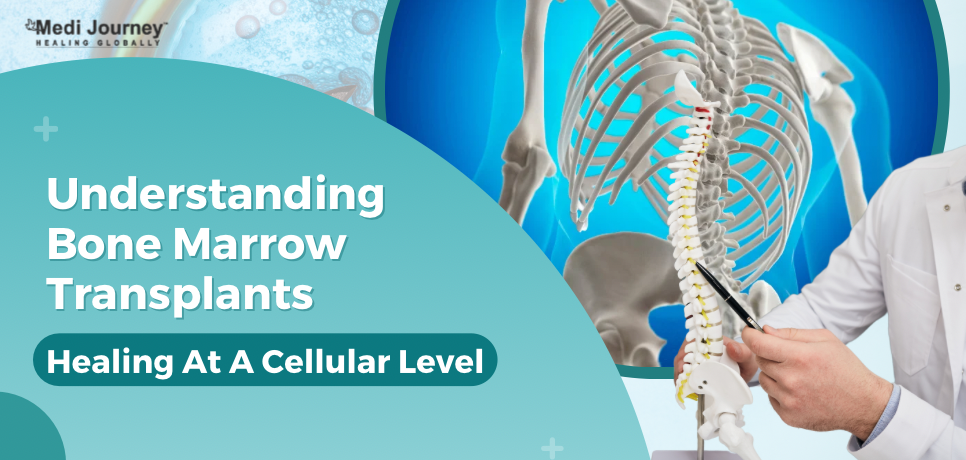
A healthy and functioning bone marrow is essential for survival. If a person suffers from a disease affecting the bone marrow, it is usually treated through a bone marrow transplant. The first ever successful bone marrow transplant in humans was done in 1968. Ever since then, the range of applications has grown, and it is now used to treat cancer, blood disorders, and many other congenital and acquired diseases. Individuals who wish to donate bone marrow must register as donors. The World Marrow Donor Association (WMDA) has a global database of over 42 million donors.
Over 90,000 bone marrow transplants are conducted worldwide annually. Most of these transplants use the patient's stem cells, whereas some use stem cells from a donor. Countries such as the United States of America, Germany, and India are the leaders in bone marrow transplants.
This blog explores bone marrow transplants in depth, explaining why they are needed, the procedure, and the diseases they treat.
Human bones comprise three parts: compact bone, spongy bone, and bone marrow. The outer layer is made of compact bone, whereas spongy bone is present at the ends of bones. The cavity of some bones, such as the ribs, thigh bones, pelvic bones, vertebrae, and sternum, is filled with a soft, jelly-like material known as bone marrow.
Bone marrow consists of immature cells known as stem cells, which mature and form various types of cells. It can be of two types: red or yellow. The red bone marrow contains blood vessels, fibrous tissue, and blood-forming stem cells, which mature into red blood cells (RBCs), white blood cells (WBCs), and platelets. The yellow bone marrow mainly contains fat and stem cells that form bone, fat, and cartilage.
Certain disorders, such as cancerous or non-cancerous conditions, blood disorders, or autoimmune diseases, damage the bone marrow, affecting the production of healthy, mature blood cells. In such situations, the patient must undergo a bone marrow transplant. A bone marrow transplant is a systemic procedure of replacing abnormal, damaged, or diseased stem cells with healthy ones. It is also known as a stem cell transplant or hematopoietic stem cell transplant (HSCT).
Stem cells mature to form the essential cellular components of blood. Red blood cells, or RBCs, transport oxygen to the organs. White blood cells are part of the immune system, and platelets are responsible for blood clotting. Damage to the bone marrow can affect all these vital functions. Therefore, replacing a dysfunctional bone marrow with a healthy one is essential.
There are several situations where a bone marrow transplant may be necessary, including:
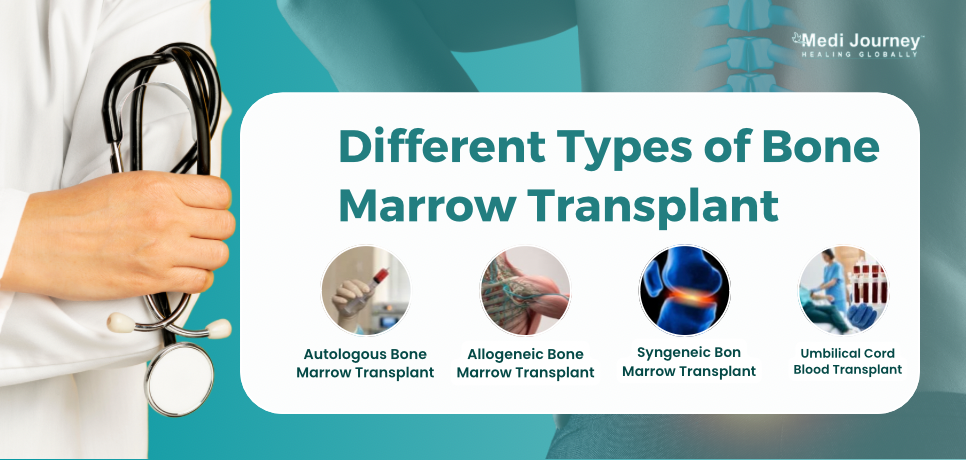
For a bone marrow transplant, stem cells have to be harvested from the donor and injected into the patient. Based on the type of donor, bone marrow transplant is mainly of two types:
Other types of bone marrow transplants are:
A patient who requires an allogeneic transplant must find a suitable bone marrow donor. It can be someone related to the patient or registered as a donor from a registry.
For an allogeneic or autologous transplant, stem cells are taken from the donor by one of two methods:
A typical bone marrow transplant procedure entails pretransplant tests, conditioning, transplant, and engraftment.
After the bone marrow transplant is completed, the recipient is kept under observation at the hospital. The duration of stay will depend upon the type of transplant and severity of complications.
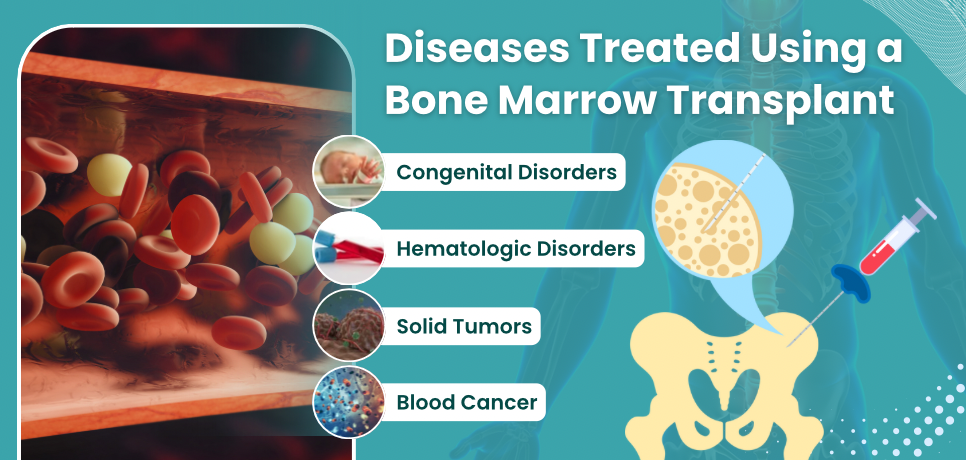
Bone marrow transplants have wide medical applications and treat over 70 congenital and acquired disorders, including cancers and blood disorders.
A bone marrow transplant can cause several complications, ranging from mild to life-threatening.
The outcome of a bone marrow transplant, or BMT, depends on multiple factors, including the patient's age, overall health, presence of comorbidities, and response to the treatment. It also depends on the type and severity of the disease, the type of bone marrow transplant used, and donor matching. Infection control, post-transplant care, diet, and lifestyle modifications also significantly contribute to the success of the treatment.
As a result, the prognosis of a bone marrow transplant varies from patient to patient. However, as medical science advances rapidly and new techniques are being developed, the chances of a successful bone marrow transplant increase.
A bone marrow transplant is a ray of hope for patients with cancers or blood disorders. However, it is a complex procedure associated with significant risk, and therefore, it requires a high level of medical expertise to succeed. With modern technology and advanced treatment procedures, bone marrow transplants will see broader applications and higher survival rates, with minimized post-transplant complications and improved quality of life.
Doctor of Pharmacy
Dr. Deepanshu Siwach is a skilled clinical pharmacist with a Doctor of Pharmacy degree.?He has 4+?years of experience and has worked with thousands of patients. He has been associated with some of the top hospitals, such as Artemis Gurgaon.
Director
Bone Marrow Transplant Surgeon
Dr. Pawan Kumar is a leading Bone Marrow Transplant Surgeon. He has an experience of more than 16 years. His core competencies include malignant and non-malignant hematologic disorders, particularly Thalassemia and Aplastic Anaemia....
Senior Consultant
Medical Oncologist
Nanavati-Max Super Speciality Hospital, Mumbai
Book Appointment WhatsApp UsSenior Director
Gynecologist and Obstetrician, IVF Specialist
Max Super Speciality Hospital, Shalimar Bagh, New Delhi
Book Appointment WhatsApp UsSenior Director
Gynecologist and Obstetrician, IVF Specialist
Max Smart Super Speciality Hospital, Saket, New Delhi
Book Appointment WhatsApp UsSenior Director
Gynecologist and Obstetrician
Max Smart Super Speciality Hospital, Saket, New Delhi
Book Appointment WhatsApp UsSenior Director
Gynecologist and Obstetrician
Max Smart Super Speciality Hospital, Saket, New Delhi
Book Appointment WhatsApp UsSenior Director
Gynecologist and Obstetrician
Max Smart Super Speciality Hospital, Saket, New Delhi
Book Appointment WhatsApp UsFill up the form and get assured assitance within 24 hrs!
The Art of Effective Communication
 24 January,2025
Read More
24 January,2025
Read More
Trusted by Patients
"I am Asim from Bangladesh and was looking for treatment in India for neuro. I visited many websites to get the complete information regarding the treatment but I was not satisfied as I was getting confused. In the meanwhile, one of my friends suggested I seek help from Medi Journey as he experienced his medical journey very smoothly and was satisfied with it. They have filtered the top 10 doctors as per experience, the success rate of surgery & profile, so it helps us to choose the best treatment in India. "
"For my knee surgery, Medi Journey guided me to BLK Hospital where I received exceptional care. The team's support and the expertise at BLK Hospital exceeded my expectations. Thank you Medi Journey for making my medical journey stress-free. "
"I came from Iraq for my granddaughter's eye surgery in India facilitated by Medi Journey, due to critical cases they advised us to get a second opinion from the different hospitals before going to surgery. Finally, we went to Fortis Escort Hospital, which helped us to get more confidence for diagnosis. Fortis Escort Hospital has the best eye surgeon team with the latest instruments. Thanks to all team members for providing a high-quality treatment in India at an affordable cost. "
"I came for my hair transplant in India, before coming I was so confused about choosing the best clinic and surgeon for me. But thanks to God one of my friends had a hair transplant in India through Medi Journey. He recommended me to go with them. I am completely happy with my experience with them. They were always very fast in their responses to me. the success rate of my hair transplant surgery is 100%."
"Artemis Hospital, suggested by Medi Journey, turned out to be a great choice for my treatment. The personalized assistance and medical care were exceptional. I'm grateful to Medi Journey for guiding me to a hospital that perfectly matched my needs. Highly recommended! "
"I came from Afghanistan for my treatment in India at Jaypee Hospital, Noida. I had a fantastic experience with Medi Journey. Kudos to them for their incredible support during my medical journey. They not only took care of all the logistics but also connected me with a fantastic healthcare team. Efficient, caring, and highly recommended for a hassle-free medical tourism experience."
"I am Adam from Kano, Nigeria, one of my friends from Nigeria was facilitated by Medi Journey, and he recommended us to go with them. I sent my all reports to them and within 48 hours they reverted with 4 options from different hospitals. They helped me to get a Visa letter from the hospital, arrange pick-up from the airport, and book a hotel for me. Their team is very honest and throughout our stay in India they are with us they are caring for us like his family members. BLK Hospital is the best hospital in India with a top surgical oncologist surgeon team, a very advanced OT, and a Radiotherapy department. I wish more success to Medi Journey. "
"Great experience at the Max Hospital for my spine surgery and was successfully done. I thank my neurosurgeon and his entire team. I recommended all of my country's people to Medi Journey for treatment in India, they choose the best hospital, the best doctors, and the best cost for patients."
"I came to India from Dhaka, Bangladesh for my father-in-law's cardiac surgery at Fortis Hospital. I was confused about choosing the best surgeon for him before coming, but their team helped me to choose the best hospital and best cardiac surgeon in India with very good cost and 100% success rate of surgery. I am very happy with the services, really they make my journey so comfortable that make me feel at home. Thanks again and I like people to choose "Medi Journey" as your travel guide. "
"I am Mohammad from Bangladesh came to India for my general health checkup. Medi Journey offers me the complete package including Pick-up from the airport, hotel services, and 24-hour assistance. They guide you to choose the best hospital in India, the best cost of treatment with top-most doctors and give you complete information about hotel booking, and pick-up from the airport before coming to India They have the best team to help. Always choose Medi Journey for your treatment in India."
